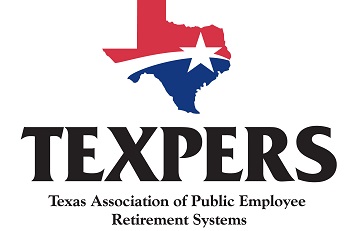Change can bring cruel unintended consequences. Such is the case in Alaska right now, as a result of actions taken eight years. Take a look at this recent news story and remember the history of Alaska’s pension fund changes, as provided by the National Institute on Retirement Security. Here’s the quick skinny on the nightmare that has been unleashed as a result converting DB plans to DC plans.
In 2008, the Alaskan state legislature ended the use of defined benefit plans for new state employees and teachers. It retained the program for existing employees, but agreed to pick up the tab for their benefit promises. Usually, a growing base of new employees helps support a shrinking group of retirees with their contributions into the system and the investment returns those contributions create.
Everything was good in 2005, when 9,000 retired teachers and beneficiaries received their payments, and the state collected contributions from 9,700 active teachers. Fast forward to 2013 and the numbers had flipped. Some 11,705 retired teachers and beneficiaries were being supported by contributions from just 6,532 active teachers.
The same thing had happened with state employees. In 2005 nearly 21,000 retired employees were supported by investment assets and contributions from 33,700 active employees. By 2013, there were nearly 30,000 retired employees and beneficiaries with only 21,000 active members.
Both pension funds was roughly 60 percent funded. Not good, but not horrible, and certainly in a position for recovery. The 17,500 employees hired by Alaska who would have helped with that recovery were no longer contributing to the DB plans because they’d been enrolled in defined contribution plans.
Of course, the unfunded liabilities had flipped as well, for both systems, and the state found itself needing a $12.4 billion contribution to meet benefits it had promised to the employees who were still in the defined benefit plan.
The state has since had to:
1) Extend the amortization, or payoff period by 9 years, adding about $2.5 billion to the unfunded liability
2) Notify Alaskan cities and counties that they will be required to pay portions of the outstanding liabilities.
With regards to the latter, the state and its cities will likely now be engaged in years of litigation over the state’s mandated unfunded liability, adding even more costs to the original decision to end defined benefit plans. The state’s failed policy has been pushed to local taxpayers.
We in Texas have been successful at convincing state lawmakers that switching to DC plans is a big fiscal mistake. Nonetheless, there are still many groups trying to force our cities to convert to DC plans for new employees, so it is important to realize that the same unintended consequences can occur at the local level just as it has in Alaska.
